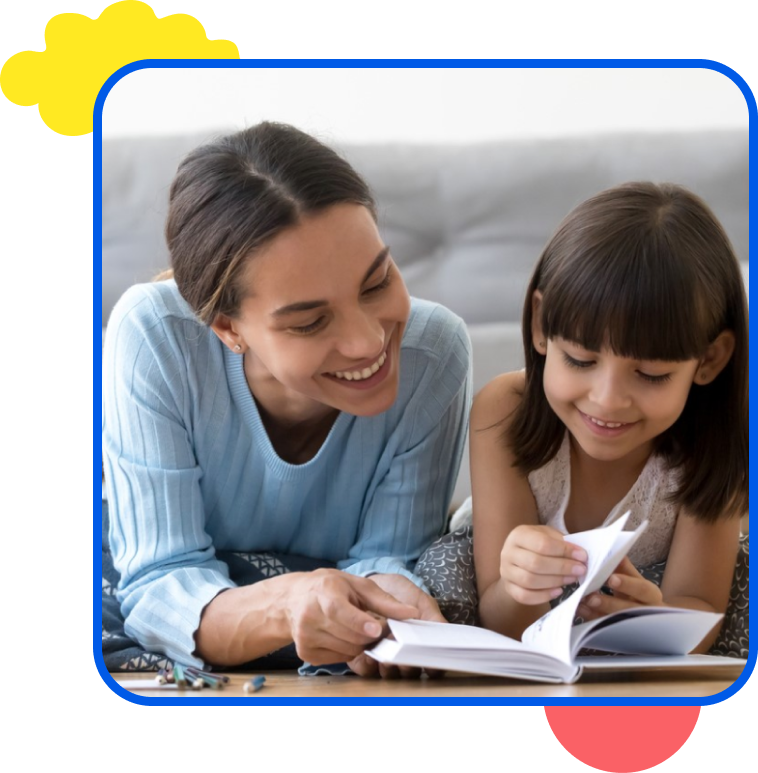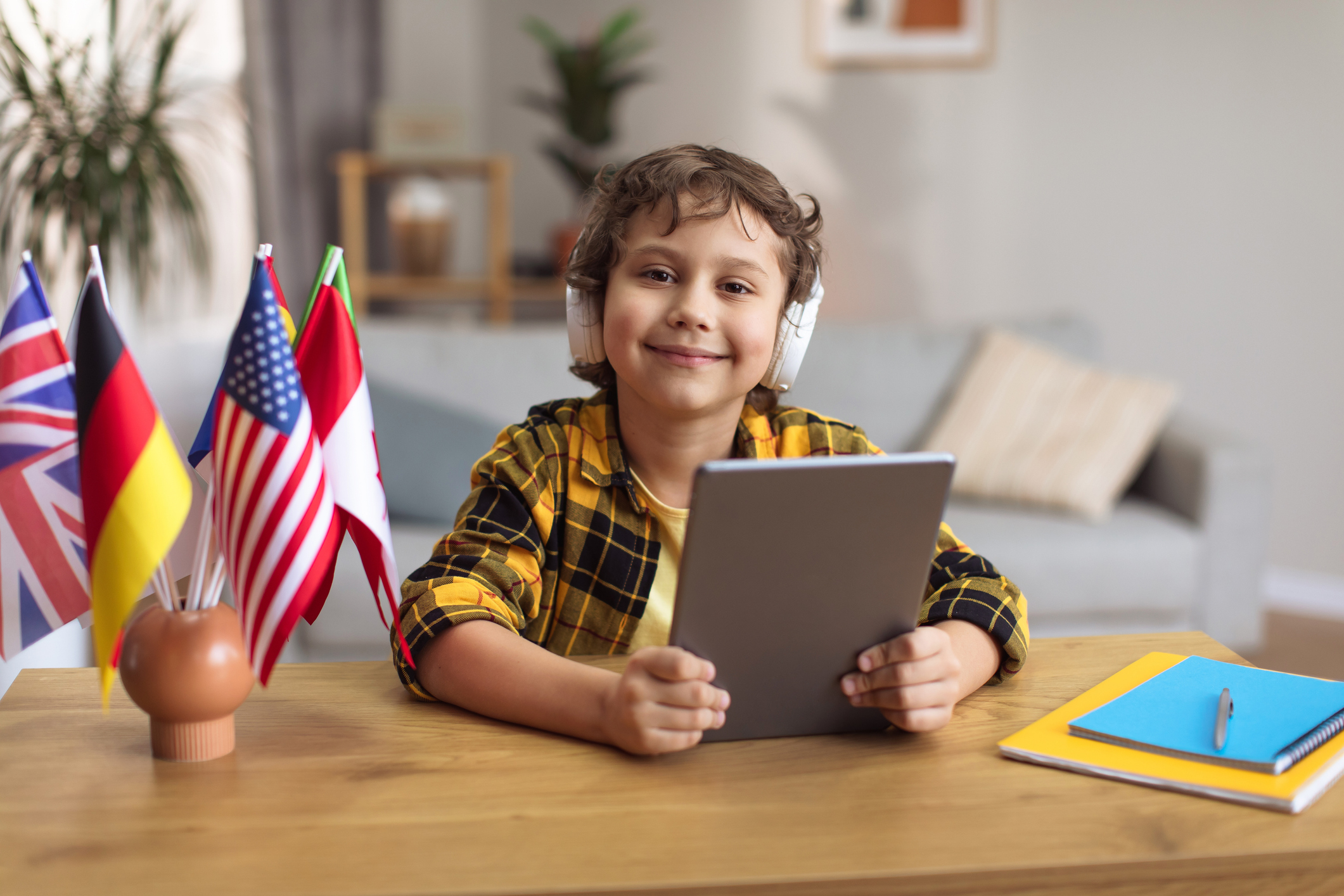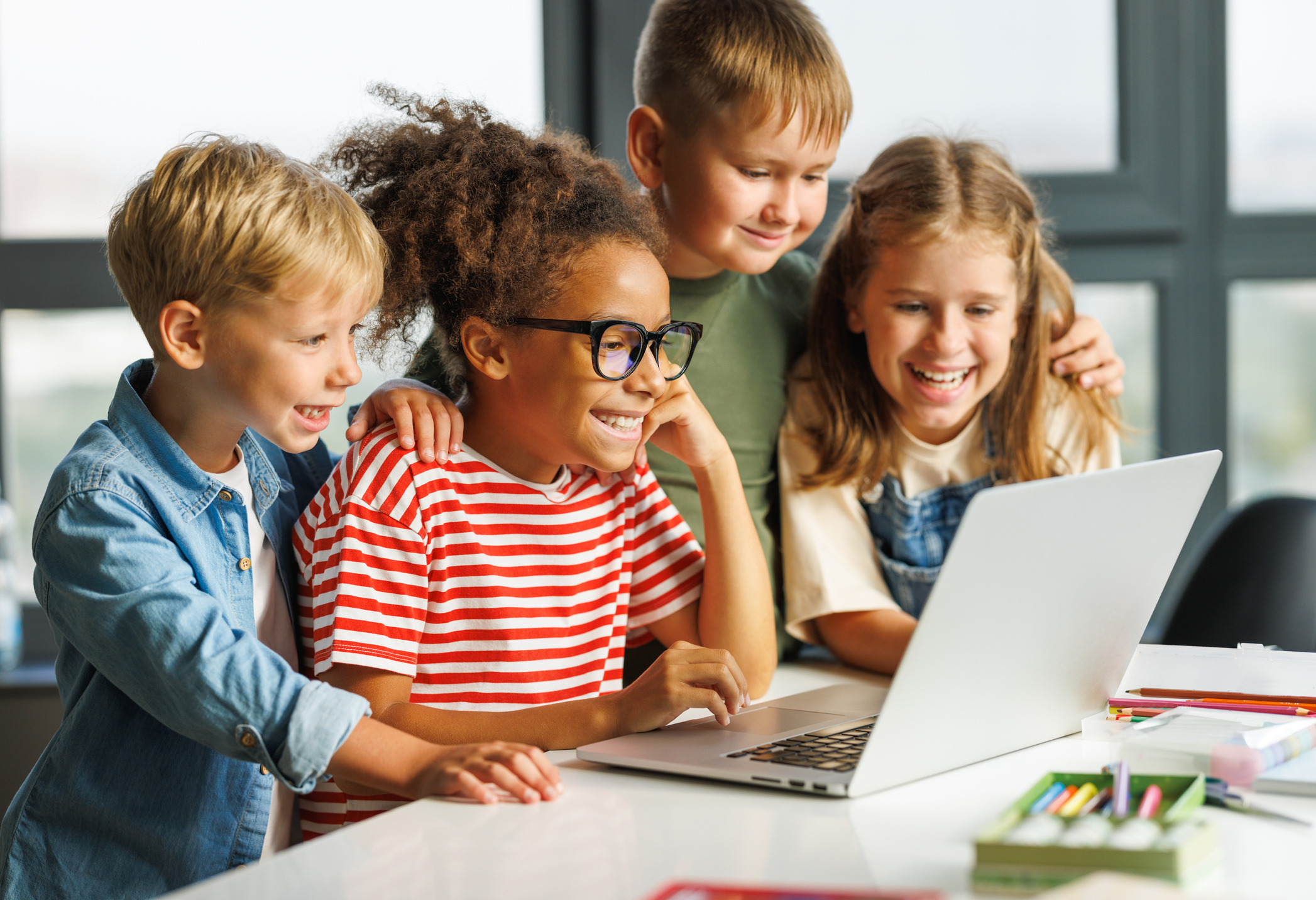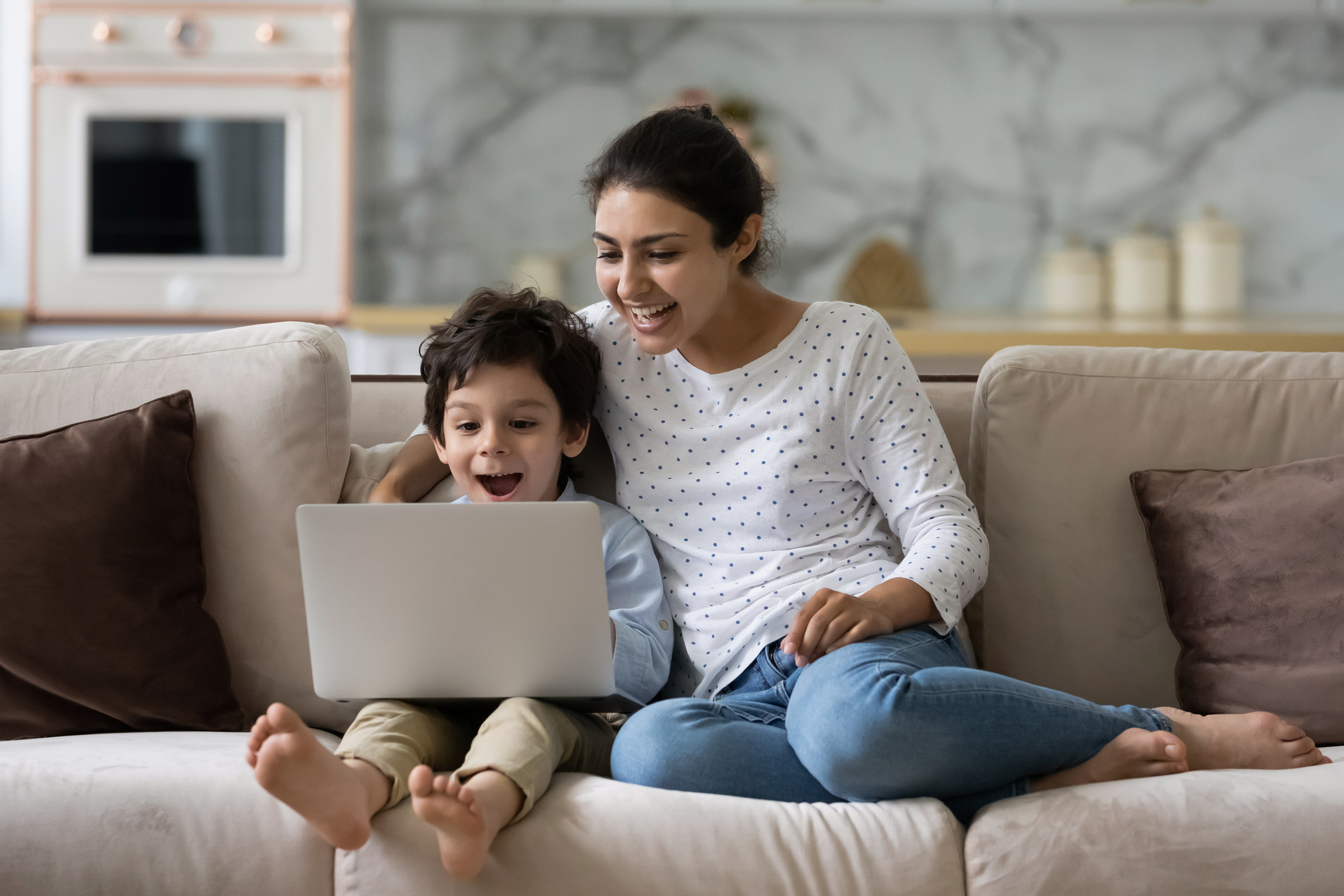What is Biliteracy and How to Raise a Biliterate Child?



Have you ever met someone who can speak a language fluently, but cannot read or write? Aside from children who haven’t yet learned literacy skills, this is still a common issue in our world today. When learning a second language, a lot of people focus on only the speaking and understanding aspect. Well, what about the reading?
Especially if your second language has a different alphabet and writing system, it’s important to start learning this from a young age. Being able to read books, road signs, menus, directions, and even advertisements on the subway are very important to help you fully understand and appreciate your language.
Imagine knowing a second language, visiting a country where it is the native language, and yet still having worries communicating due to the absence of literacy skills. This is an issue that is all too common, but one that can be avoided.
In this article, we will be discussing more about what biliteracy is, how children can achieve it, and the benefits of being biliterate.
What is Biliteracy?
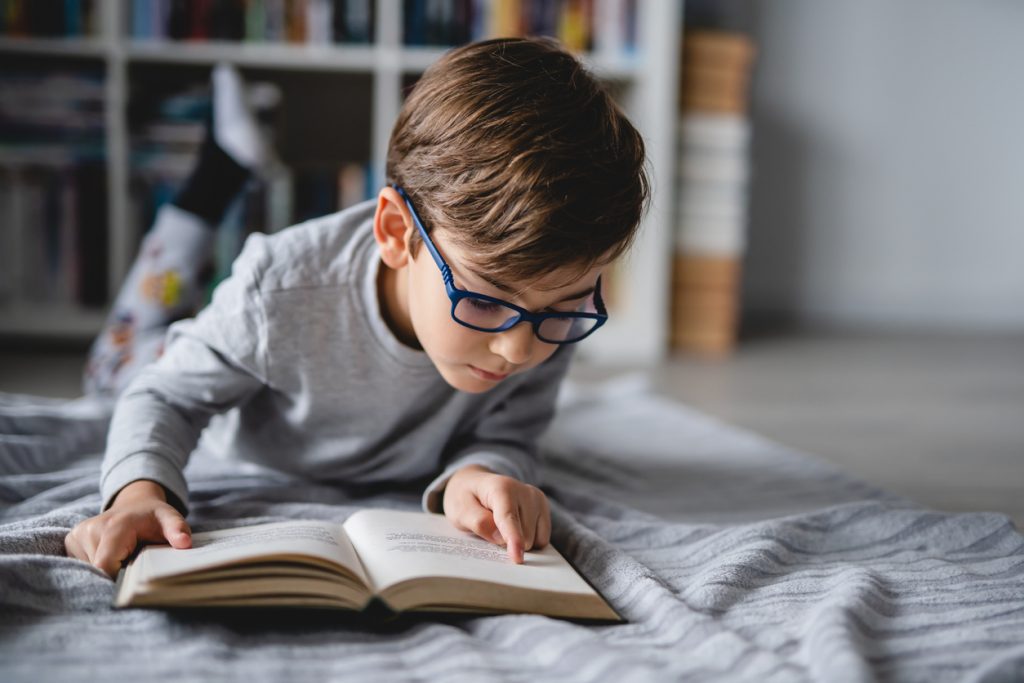
Biliteracy is the ability to proficiently read and write in two languages.
A similar term, not to be confused with biliteracy, is bilingualism. Bilingualism is the ability to fluently speak two languages. A person who is biliterate may not be bilingual, and a person who is bilingual may not always be biliterate. Speaking, listening, and reading and writing are different skills that require a lot of work and therefore, have different terms to describe them.
Both skills are very important to possess and even more important to begin learning at a young age.
When do children start to read and write?
Children typically begin to read and write at a steady pace in school.
This is a gradual process that begins at a young age. In many countries, children will begin their literacy journey in pre-school or kindergarten. However, in some countries, like Poland, Finland, Guatemala and others, children do not begin to work on their literacy skills until 7 years old.
Although children can begin learning the alphabet as early as 2-3 years old, they typically don’t start to put words together and attach meaning to their phonetics until they are about 7-8 years old. However, if your child is 2-3 years old and seems very disinterested and fights to learn – it may be best to wait a few months longer, so they can really focus.
When do children start to read and write in their second language?
Children can learn to read and write in the second language at the same time as their first.
There is no need to wait for a child to become literate in one language to begin the next. Their young minds are flexible and strong enough to learn and separate two languages at the same time and work on their biliteracy skills.
Most children will be able to pick up quickly on sounds and letters to gain progress right away.
As learning to be biliterate in two languages is double the work, they will need some extra support. Although it will require practice, the best time for children to start learning another language is as soon as they can! The more exposure that they have to a language in their early life, the more fluently it will come to them as they grow.
How to Ensure Biliteracy in Children
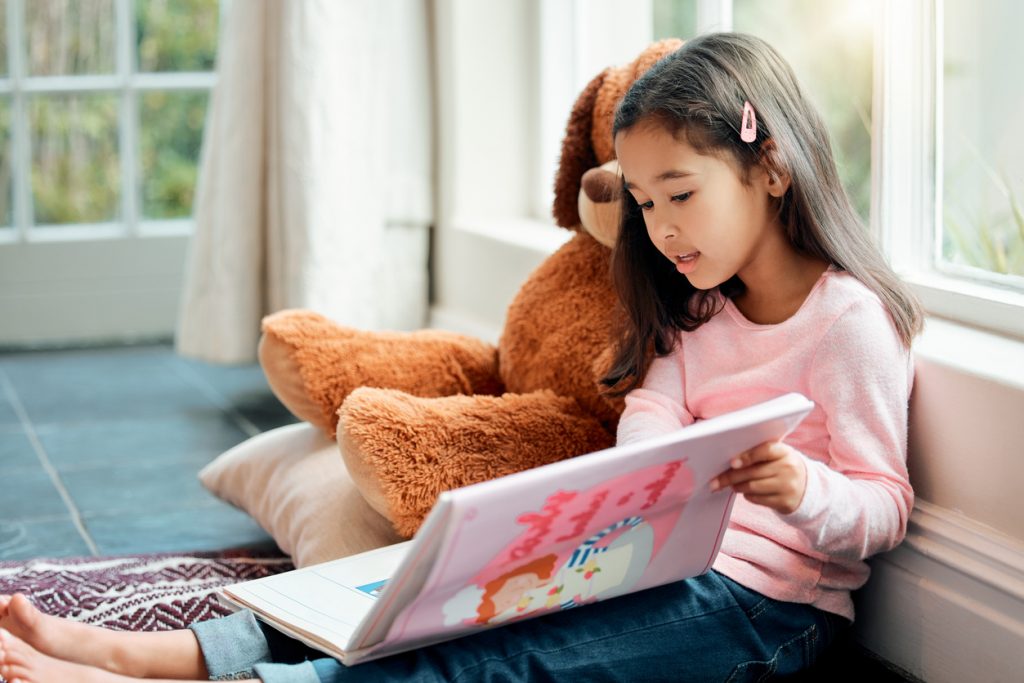
Biliteracy is a learned ability that takes patience and practice. Here are a few tips to ensure that your child will become biliterate:
Learn Letters
The first step to reading is understanding letters and their sounds. This is the basis to phonetics and can be done in two languages at the same time. Letter recognition can be further developed when paired alongside tracing letters, writing letters, and recognizing them independently.
Sometimes recognizing letters can be a guessing game or a slightly passive activity, but by having your child write or trace the letters while they work with the phonetic sound, they will be training their brains to truly follow along.
Having a strong alphabetical recognition in both of their languages will help set their foundation when it comes time for reading.
Bilingual Books
After learning to recognize letters, it’s time to start with words and small books. The best way to encourage biliteracy in children is to build a great bookshelf.
By building a bookshelf, we don’t mean physically. We mean that having books available in both languages that are appropriate for their reading level will do the trick! Having books in both of their languages will give your young one ample opportunity to practice both languages.
Make sure that your child is having equal exposure to languages in their books, or take a look at some bilingual books to maximize their reading time. For example, if you notice that your child prefers their French book about butterflies more than their English book about sea creatures– start looking for the same topics in both languages to peak their interests!
Kids are more excited to learn when they like the subject and can pick out their own books, so make sure that there are plenty of options.
Read Out Loud
When you or your child picks up a book to read – the best thing to do is to read it out loud with them. By reading out loud, children can practice the correct pronunciation, hear how it sounds to read confidently, and also discover any funny character voices along the way.
Children learn how to verbally express themselves by watching and listening. If you read aloud with a lot of emphasis on different characters or even animal noises, it helps them understand the emotion behind words and situations. Furthermore, they can learn to copy the emphasis and read with emotion.
Reading out loud will help your child in more areas than just literacy. By reading aloud, they will quickly strengthen their vocabulary and their sentence structures. As another bonus, reading aloud with your child in both languages encourages family bonding!
Comprehension Skills
After children are able to start recognizing words and letters on their own, it’s important to have books that appropriate for their level.
By getting into the habit of reading books for their level, they will be able to strengthen their currently skill and build on their level and continue progressing. Not only is it important to let your child read and understand, it’s also important to be engaging about what they’ve read. For example, it’s great to ask questions about the story after while it’s happening (or after it’s over) to ensure that they are following along. This question and answer process allows them to reflect on what they’ve read and will help ready their minds for discussion.
For biliterate children, book discussions (or question and answers) are very important to allow them to connect what they read with their speaking skills. This will sharpen the mind in multiple ways!
You can start off by asking what their favorite part of the book is, who the main character is, what animals they’ve noticed, how many trees they saw in their picture book, what do they think will happen next— the possibilities here are endless. The important part is not which questions you ask, it’s that you ask questions in general to encourage a fun discussion that they will enjoy.
Audiobooks and music
Another way to reinforce biliteracy is to use outside sources. Podcasts for kids that function as audiobooks are a great way for children to follow along – especially if an adult can’t be with them when they need help with some words.
Reading and reciting lyrics in music can be a great way for children to practice their reading skills and have fun while doing it. Singing incorporates another part of their brain that can help enhance their comprehension abilities.
Classes
As becoming biliterate can be a bit of a challenge, it’s hard to know where to turn for outside help, especially if your child needs extra attention and outside influences to stay engaged.
Online classes that aid in helping your child learn a second language make all the difference in their learning journey to biliteracy and bilingualism. At ages 3-12, children are at their highest and quickest learning capacity.
LingoCircle is an online language school that understands that this age is critical for children who are becoming biliterate. This online learning hub offers individual and group classes from a native, certified teacher in live virtual classes. With LingoCircle, you have the option to put your best foot forward by signing your child up for French, Spanish, English, Arabic, or Chinese classes.
The Effects of Biliteracy on a Developing Mind
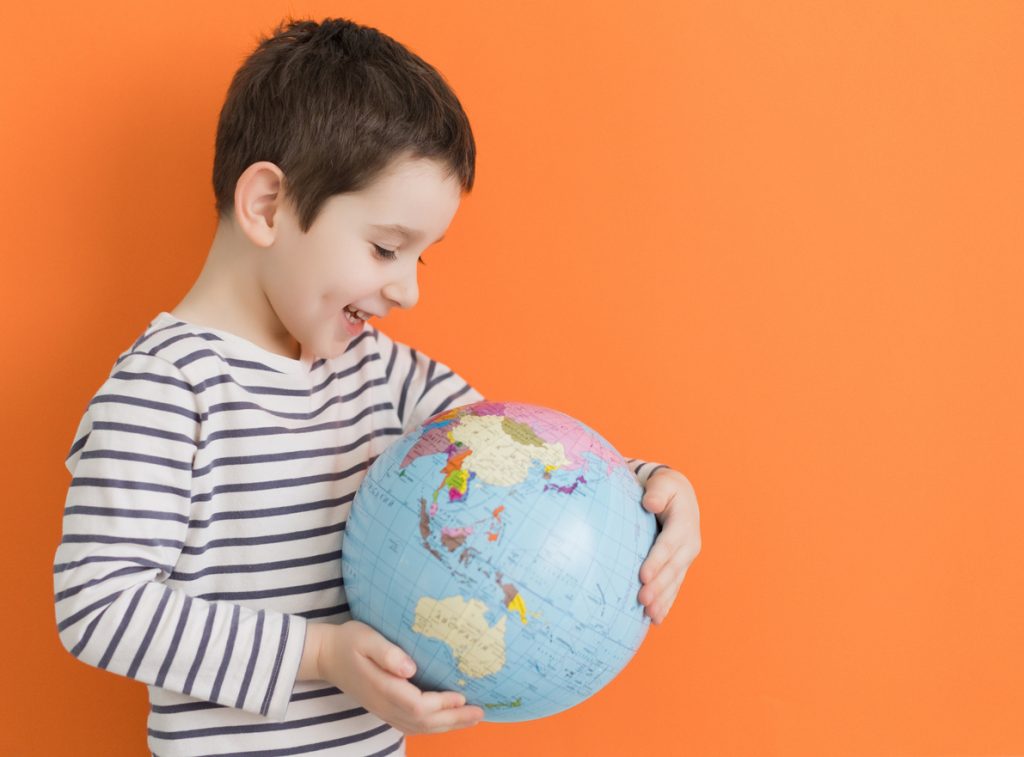
Biliteracy is a great skill that your child will be thankful for throughout their entire life that will provide them with a variety of benefits such as:
- A strong mind – People who know two languages are continually learning and accomplishing difficult things. Not only do they experience cognitive benefits and perform better academically, children equipped with biliteracy and bilingualism develop a growth mindset. By constantly developing their brain at a young age, this is a great habit that is built to carry them into their future.
- Access to global information – By knowing a second language and being able to read information, they will have access to double the research, double the books, double the news – you name it! Global information is not always readily available in English and the best place to learn is at the source.
- Building relationships – One amazing benefit to learning a second language is the opportunity to cultivate relationships. Connecting with people from other cultures has never been easier than it is now in our digital world. Being able to write and understand messages, posts, and other communication efforts in a second language opens up possibilities to make friends all over the world and expand their circle.
- Cultural awareness – Studies have shown that people who speak more than one language are very in tune to emotions and have great situation awareness. This allows them to see things from another person’s perspective and fosters empathy. Furthermore, having a second language encourages them to understand and take interest in other cultures.
Conclusion
As you can see, raising a child to be biliterate isn’t the easiest thing to do, but it is one of the most important things that you can do for your child. Becoming fluent in more than one language requires persistency, time, and a constant exposure to both languages – especially the minority language. Not only do you have to focus on speaking, but also reading and writing skills to reach full fluency.
The good news is that there are many people in similar situations that want their child to become bilingual and achieve biliteracy. In this case, it’s important to realize that you and your family are not alone in this great adventure with your child, and there are many resources out there that can help you achieve this goal.
If French or Spanish is your target second language, be sure to check out these books for your children:


Simple Ways to Learn a Second Language at Home
Get resources and tips to help supplement your bilingual education journey at home.
By providing your email you are signing up to receive emails from Bilingual Bebe. Privacy Policy
